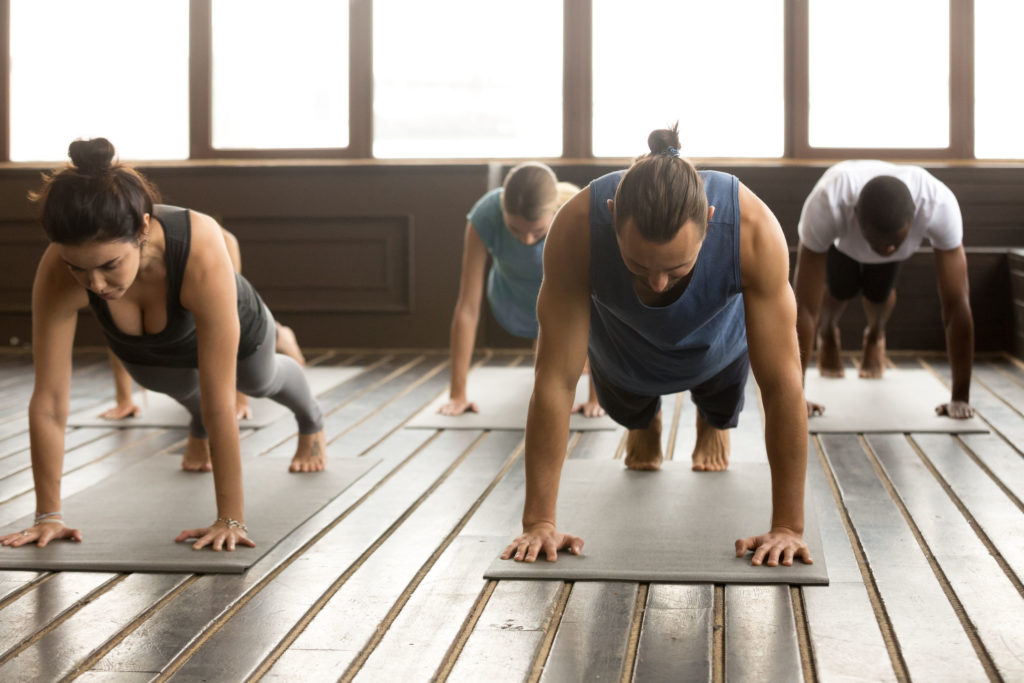What’s This Research About?
The prone plank is often used to improve core strength, stability, and endurance. Previous research has shown the prone plank activates a variety of core muscles, including the internal oblique, rectus abdominis, external oblique, and the erector spinae. To correctly perform the prone plank requires keeping the spine and the pelvis in a neutral position while maintaining the natural curvature of the spine.
Research also shows a posterior pelvic tilt in the prone plank position increases activation of the core musculature. In a prone plank position, the scapulohumeral joint tends to abduct and protract. Changing the scapula position in a prone plank could alter the angles of the trunk, changing the EMG response of core musculature. By using different combinations of pelvic position and scapular position during the prone plank exercise, this research aims to evaluate the influence of scapula position on EMG activity of the core muscles.

TITLE: Influence of Scapular Position on the Core Musculature Activation in the Prone Plank Exercise
PUBLICATION: Journal of Strength and Conditioning Research
DATE: 2017
AUTHORS: Juan M. Cortell-Tormo, Miguel Garcia-Jaen, Ivan Chulvi-Medrano, Sergio Hernandez-Sanchez, Angel G. Lucas-Cuevas, and Juan Tortosa-Martinez
Active stiffness: Part of core stability achieved through muscular co-contraction, specifically the serape effect.
Core stability: The ability of the osteoarticular and muscular structures to maintain or retain the position of the trunk when an external force is applied, coordinated by the motor control system.
Passive stiffness: Part of core stability achieved through osseous and ligamentous structures.
Rate of Perceived Exertion (RPE): In sports and particularly exercise testing, the Borg RPE Scale measures perceived exertion. In medicine this is used to document the patient’s exertion during a test, and sports coaches use the scale to assess the intensity of training and competition. The RPE scale is used to measure the perceived intensity of your exercise and runs from 0 – 10.
Serape effect: The interaction between the rhomboids, serratus, and obliques: these muscles orient diagonally, providing force production between the hip and opposite shoulder; the serape effect provides the muscles of the core an optimal length-tension environment to maximize force production.*
Surface electromyography (surface EMG): A way to analyze muscle activity through the use of surface electrodes.
Thoracolumbar fascia: Fascial structure that connects the lower limb via the gluteus maximus to the upper limb (via the latissimus dorsi).

